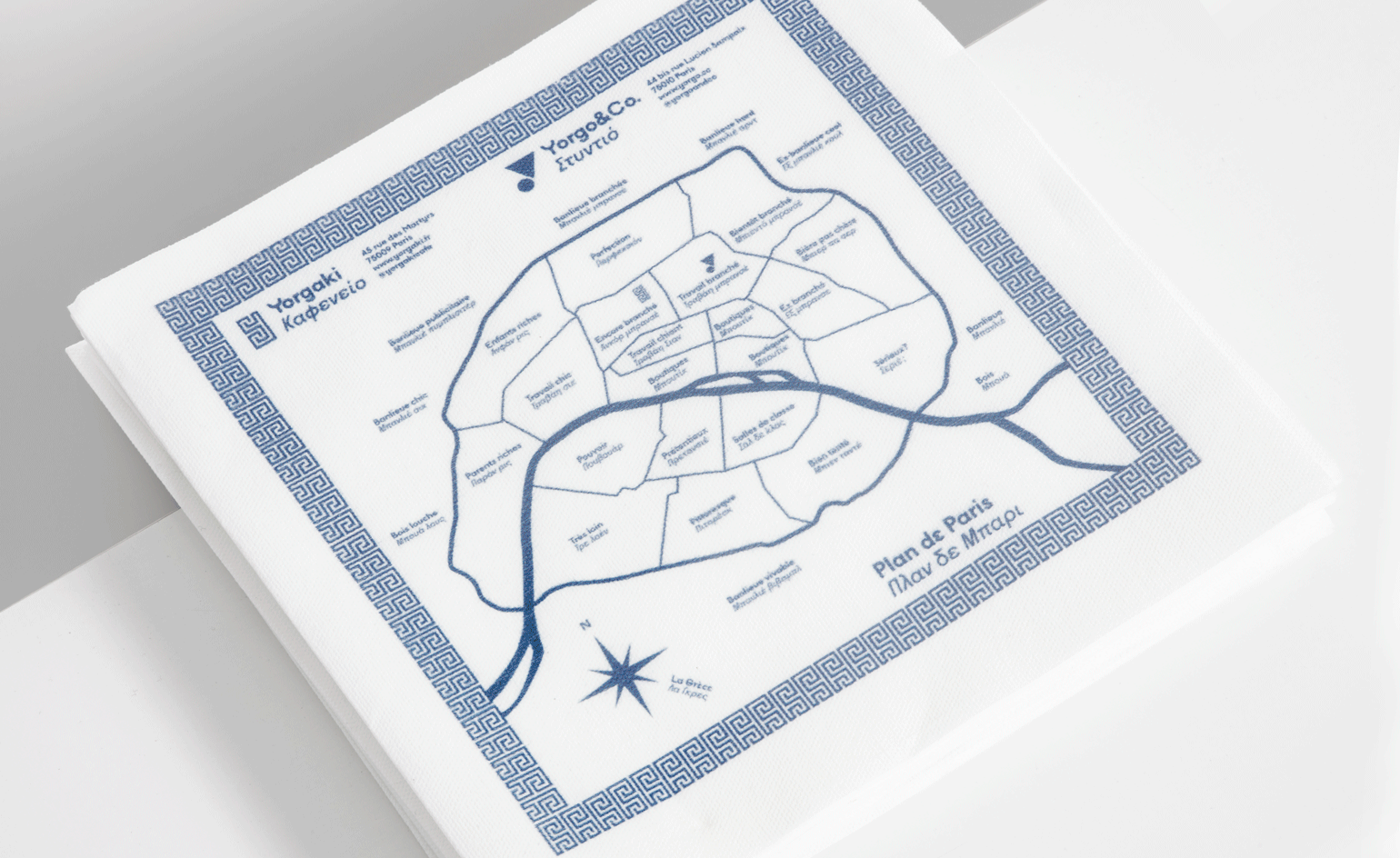Indulge in the food of Ancient Greece at a new London dining experience
The Labyrinth menu at Mandarin Oriental Hyde Park offers food inspired by the delicacies of Ancient Greece
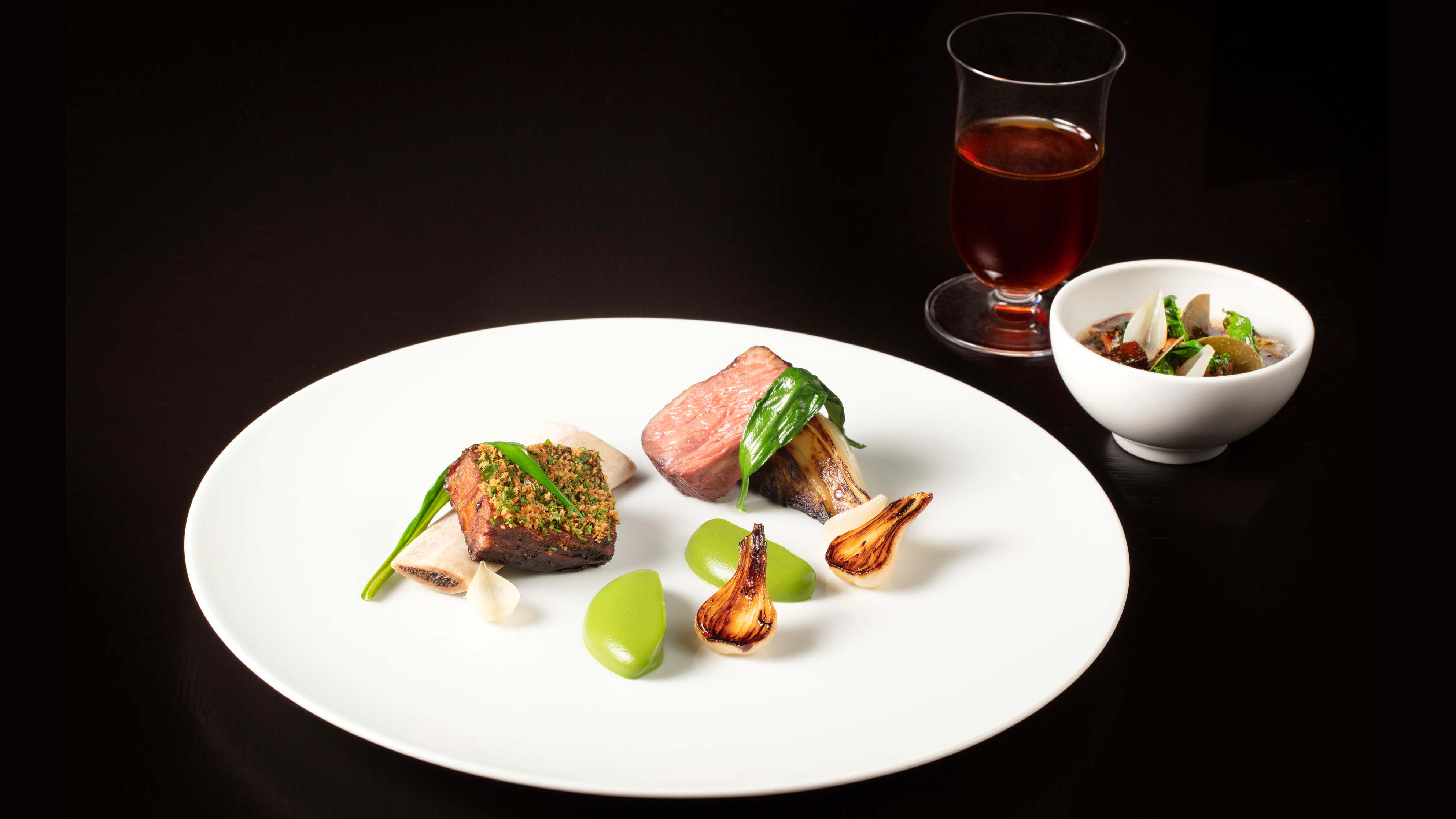
Have you ever wondered what life was really like in Ancient Greece? Perhaps one of the most satisfying routes to gaining insight and connection is through the eternal human ritual of eating and drinking – all the more fascinating with the realisation that over thousands of years, some things are little changed.
Celebrated chef Heston Blumenthal’s long-held interest in historic gastronomy has led him to create some extraordinary dining experiences, where recipes and techniques from the past are reimagined and re-presented with an exciting contemporary perspective.
Dinner by Heston Blumenthal at the Mandarin Oriental Hyde Park, London, is now offering an opportunity to discover the delights that may have been served at an Ancient Greek table. The restaurant has launched a new tasting menu inspired by an exhibition at the Ashmolean Museum in Oxford, ’Labyrinth: Knossos, Myth & Reality’.
Minoan treasures inspire a flavour of Ancient Greece
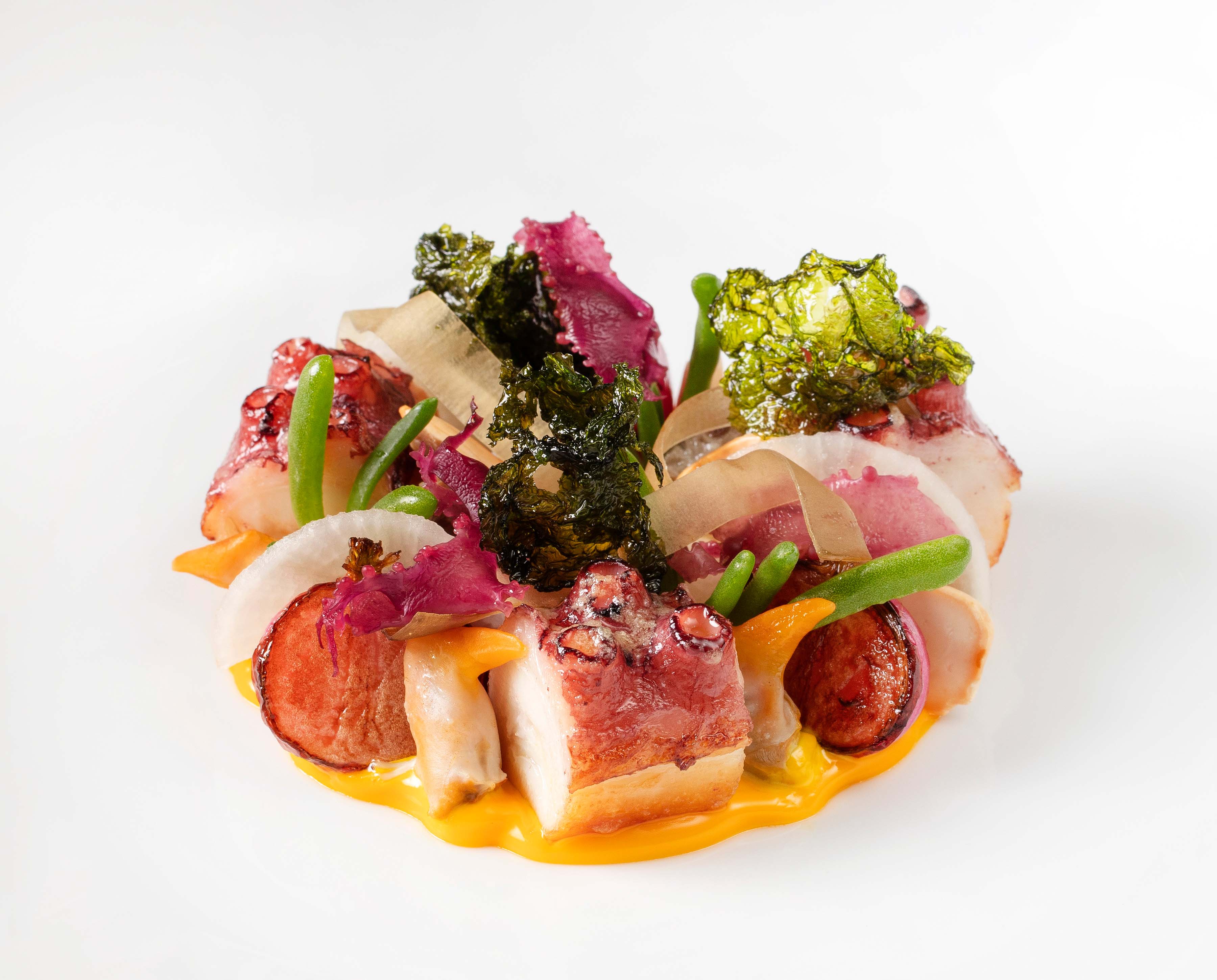
The ancient Palace of Knossos (constructed from c1700 BCE) is located on the island of Knossos, Crete, and was a centre of the Minoan civilisation (the first advanced civilisation in Europe, its beginnings dating to c3500 BCE). The palace was a complex of hundreds of buildings connected by a labyrinth of corridors and stairs.
Legend has it that a minotaur (half-man, half-bull) lived within the labyrinth, and this myth is the inspiration behind the Ashmolean’s exhibition, which includes more than a hundred objects that have never before left Greece.
The Knossos labyrinth was excavated over a century ago by archaeologist and (then) director of the Ashmolean, Sir Arthur Evans, who uncovered a rich array of artefacts, elaborate sculptures and frescoes. These treasures provide a unique insight into Minoan culture, including the serving and preparation of food and drink.
Labyrinth menu at Dinner by Heston Blumenthal
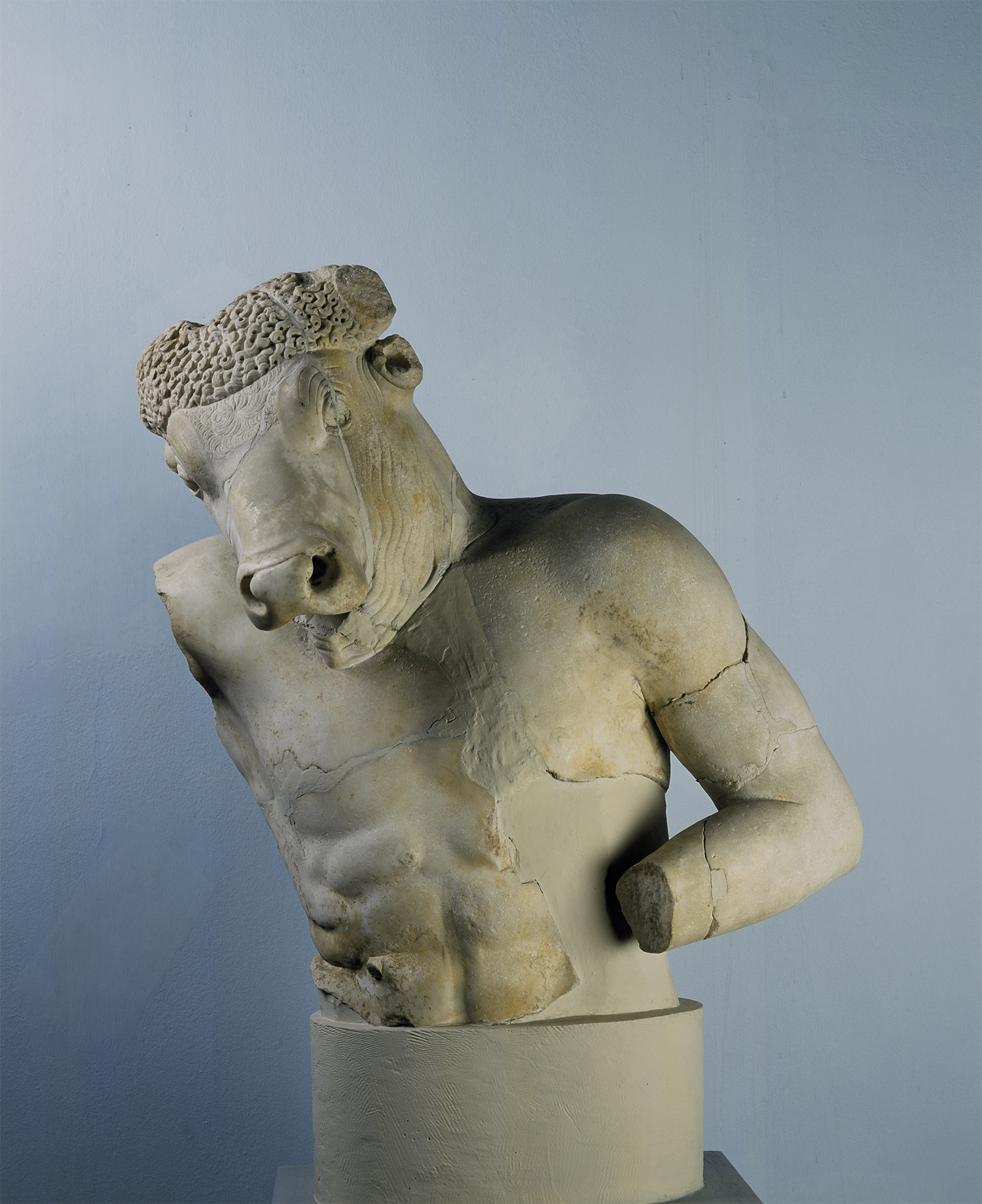
Roman Minotaur sculpture
Jonathan Bowring, the head chef of two Michelin-starred Dinner by Heston Blumenthal, and Deiniol Pritchard, creative director of The Fat Duck Group, have collaborated with experts from the museum to conjure up an immersive reinterpretation of classical Greek cuisine.
Receive our daily digest of inspiration, escapism and design stories from around the world direct to your inbox.
There are no actual recipes in existence, so the team gathered clues from the ingredients represented in frescoes and carvings, and from cooking vessels unearthed during the excavation. For instance, one of the exhibition’s highlights is a finely carved marble triton shell that shows the Minoans’ particular interest in sea creatures. The ‘Labyrinth’ menu also features perennial Greek produce such as olives and almonds, and wild herbs known to have been foraged in Crete in ancient times.
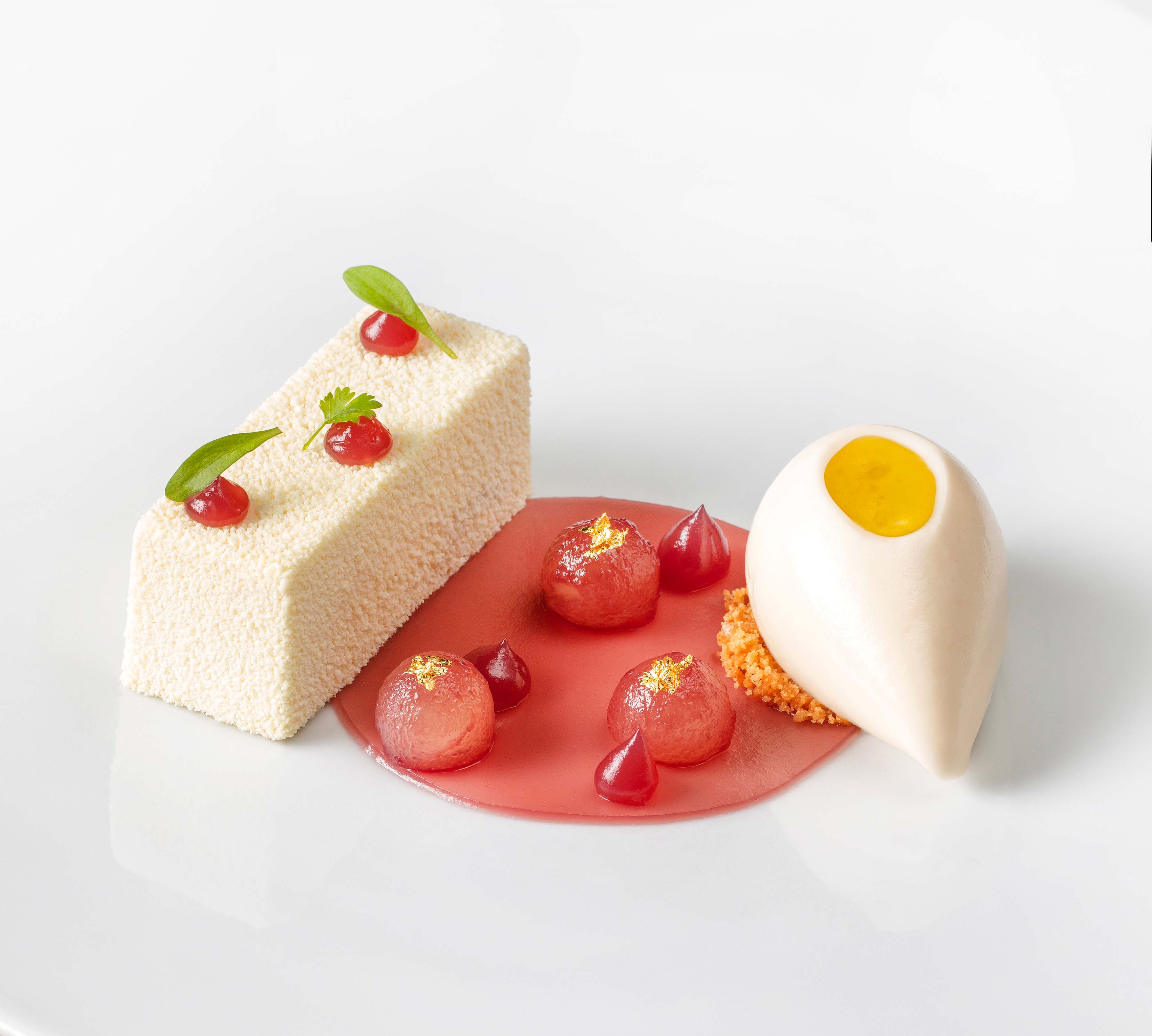
Olive oil ‘perfume' cake
Pritchard comments, ‘So much of what we do is to create out-of-the-ordinary dishes that have taken inspiration from the past, and this collaborative approach with the museum allowed us to work with ingredients and techniques to produce our modern interpretation of Minoan cuisine.’
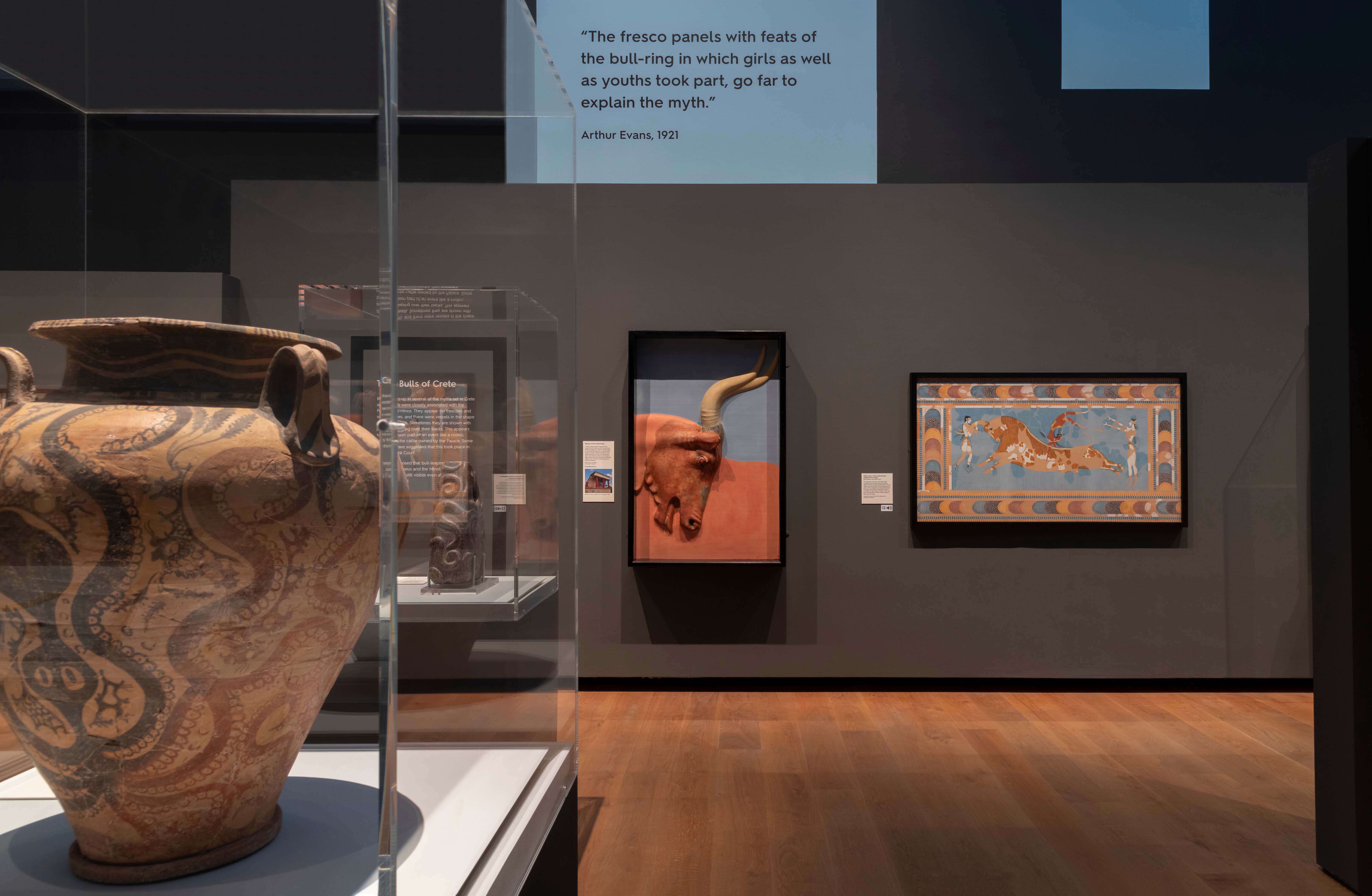
Ashmolean Museum in Oxford, ’Labyrinth: Knossos, Myth and Reality’ exhibition view
Dishes include venison tartare with green olive and celery; and octopus, whelk and cockles served with saffron, radish and seaweed. Olive oil ‘perfume’ with fig, pear and goats’ milk is offered as a delicious dessert assembled from classical Greek components.
The Labyrinth menu lists each dish alongside the artefact that influenced its creation. Short rib of beef with wild garlic and smoked fennel makes its appearance with a c1500 BCE bull’s-head rhyton (a type of drinking container, typically in the form of an animal's head), and a replica of this magnificent vessel has been made for use at the table, adding dramatic authenticity to the presentation of the food.

Venison tartare
Professor Amy Bogaard, head of the School of Archaeology at the University of Oxford, comments: ‘An exciting and innovative aspect of the Knossos exhibition is that it tells an “earthy” story of food alongside the incredible art and mythology, and Deiniol and his team have portrayed this so well.’
The Labyrinth menu is available at Dinner by Heston Blumenthal at the Mandarin Oriental Hyde Park, London, in March and April 2023.
‘Labyrinth: Knossos, Myth & Reality’ is at Ashmolean museum, Oxford, until 30 July 2023
dinnerbyheston.com,mandarinoriental.com,ashmolean.org
Melina Keays is the entertaining director of Wallpaper*. She has been part of the brand since the magazine’s launch in 1996, and is responsible for entertaining content across the print and digital platforms, and for Wallpaper’s creative agency Bespoke. A native Londoner, Melina takes inspiration from the whole spectrum of art and design – including film, literature, and fashion. Her work for the brand involves curating content, writing, and creative direction – conceiving luxury interior landscapes with a focus on food, drinks, and entertaining in all its forms
-
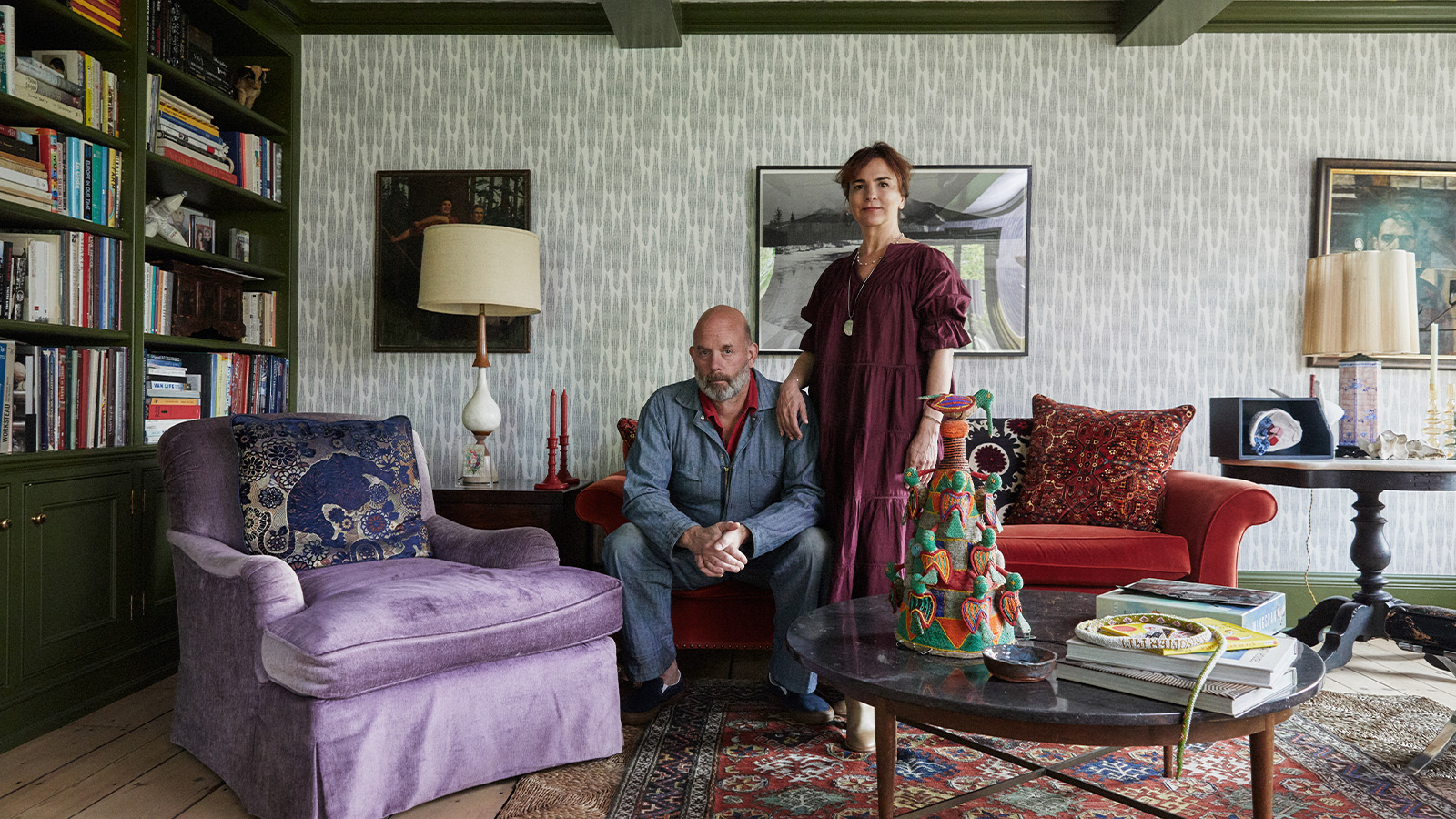 How We Host: Interior designer Heide Hendricks shows us how to throw the ultimate farmhouse fête
How We Host: Interior designer Heide Hendricks shows us how to throw the ultimate farmhouse fêteThe designer, one half of the American design firm Hendricks Churchill, delves into the art of entertaining – from pasta to playlists
-
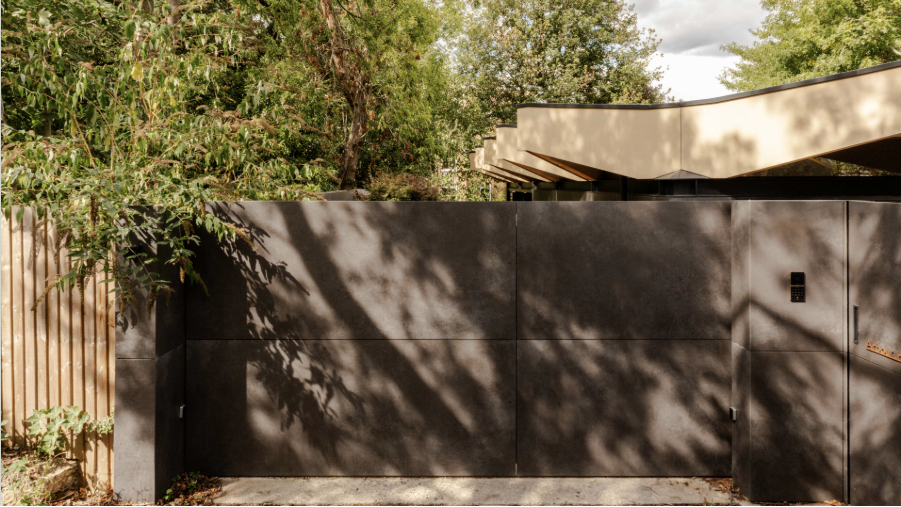 Arbour House is a north London home that lies low but punches high
Arbour House is a north London home that lies low but punches highArbour House by Andrei Saltykov is a low-lying Crouch End home with a striking roof structure that sets it apart
-
 25 of the best beauty launches of 2025, from transformative skincare to offbeat scents
25 of the best beauty launches of 2025, from transformative skincare to offbeat scentsWallpaper* beauty editor Mary Cleary selects her beauty highlights of the year, spanning skincare, fragrance, hair and body care, make-up and wellness
